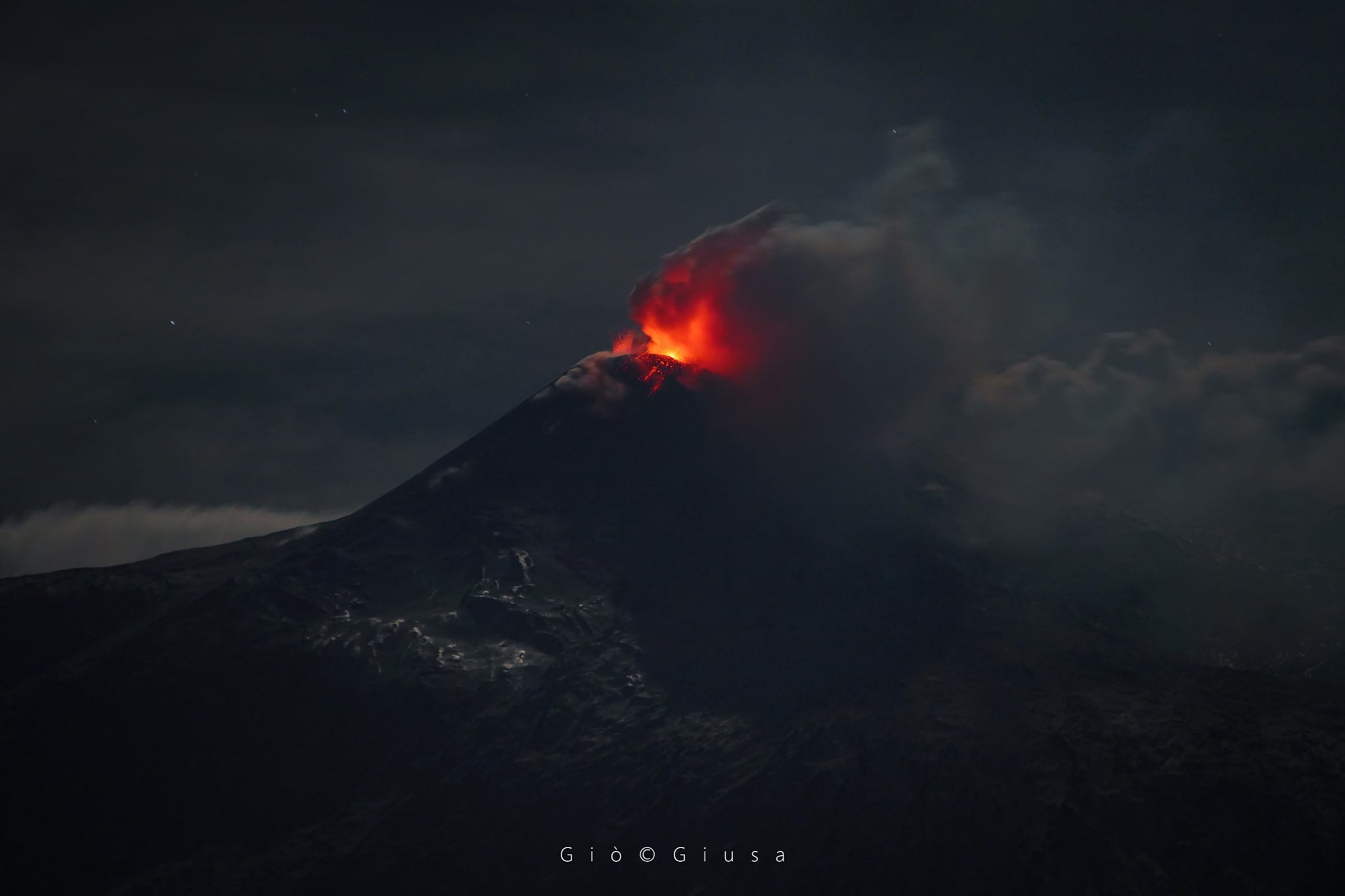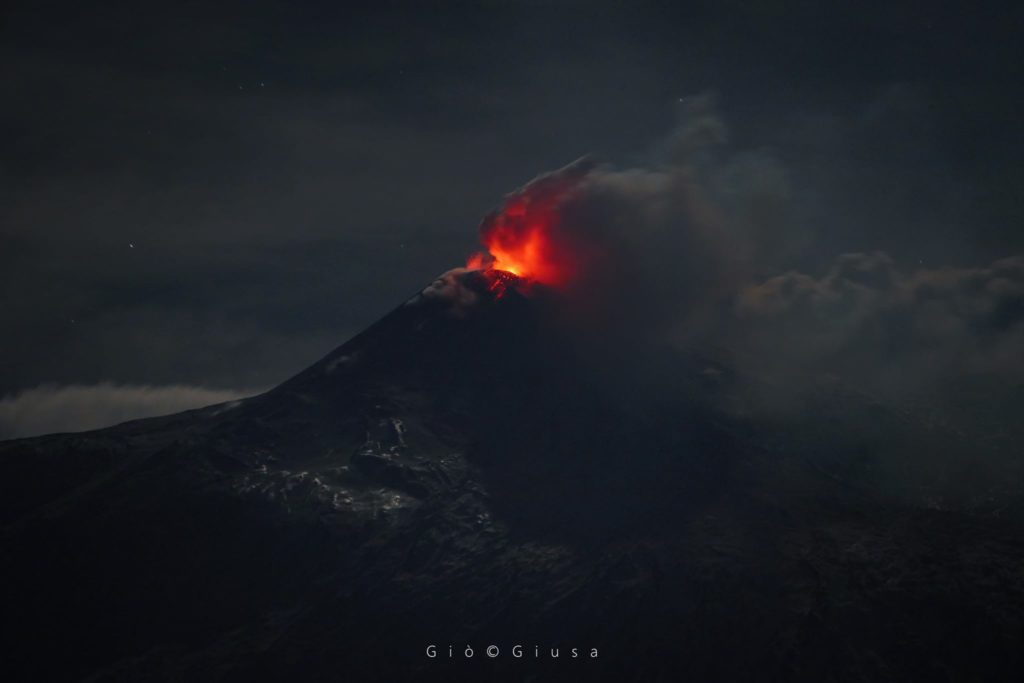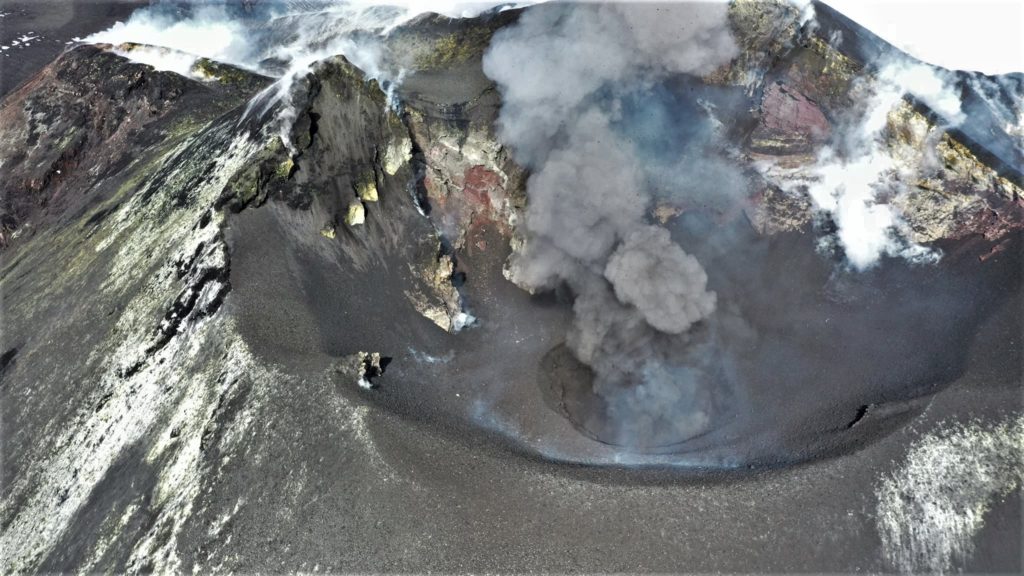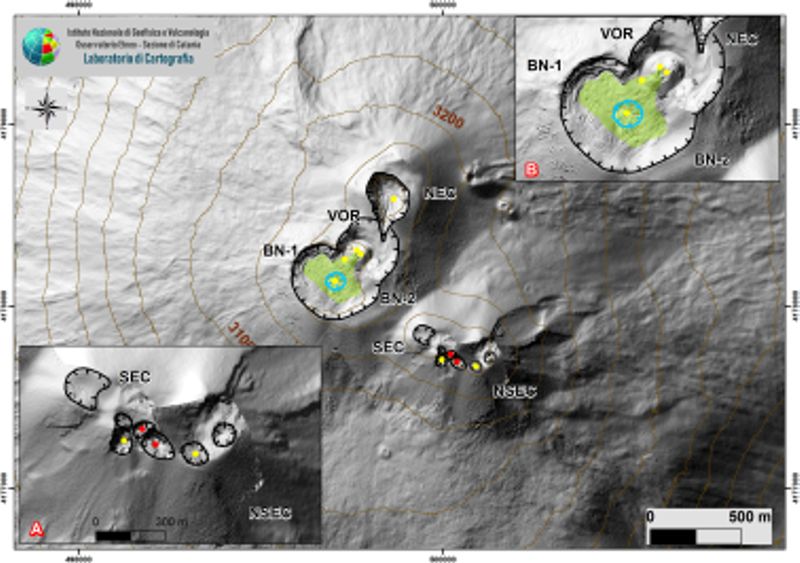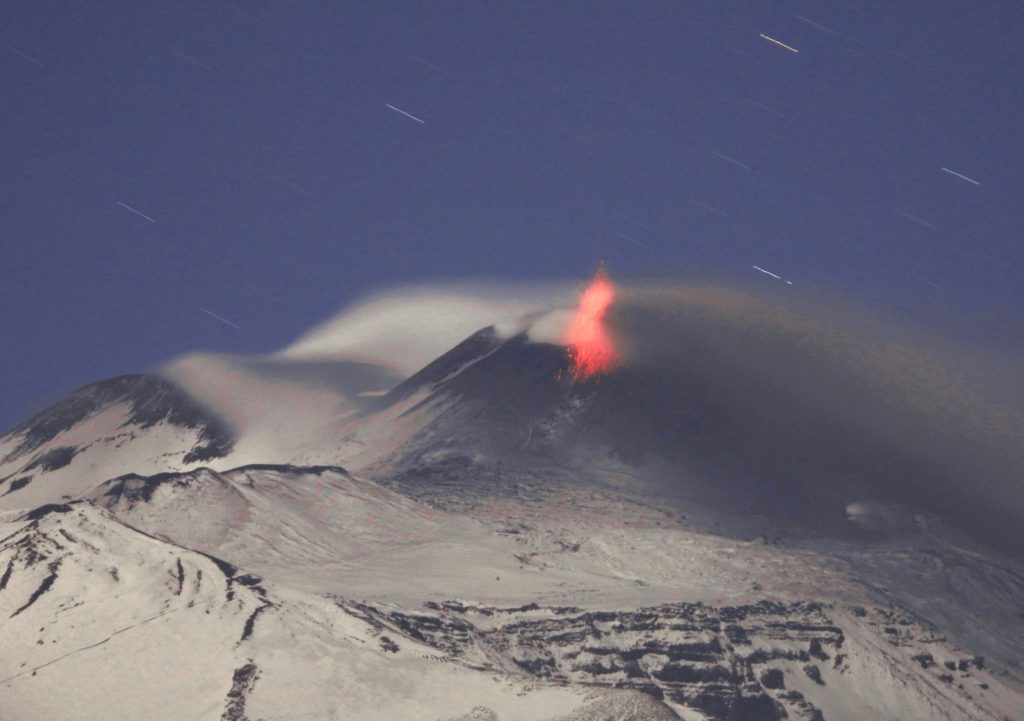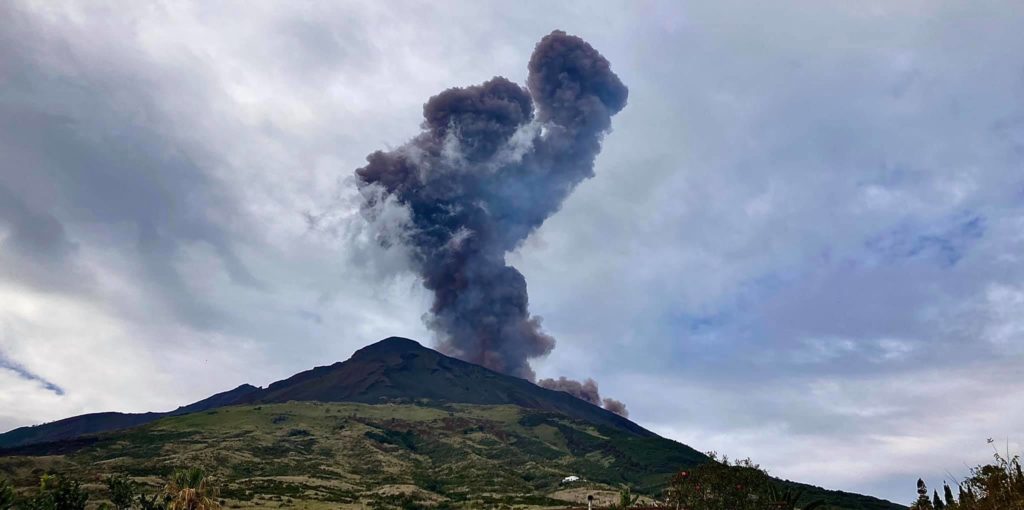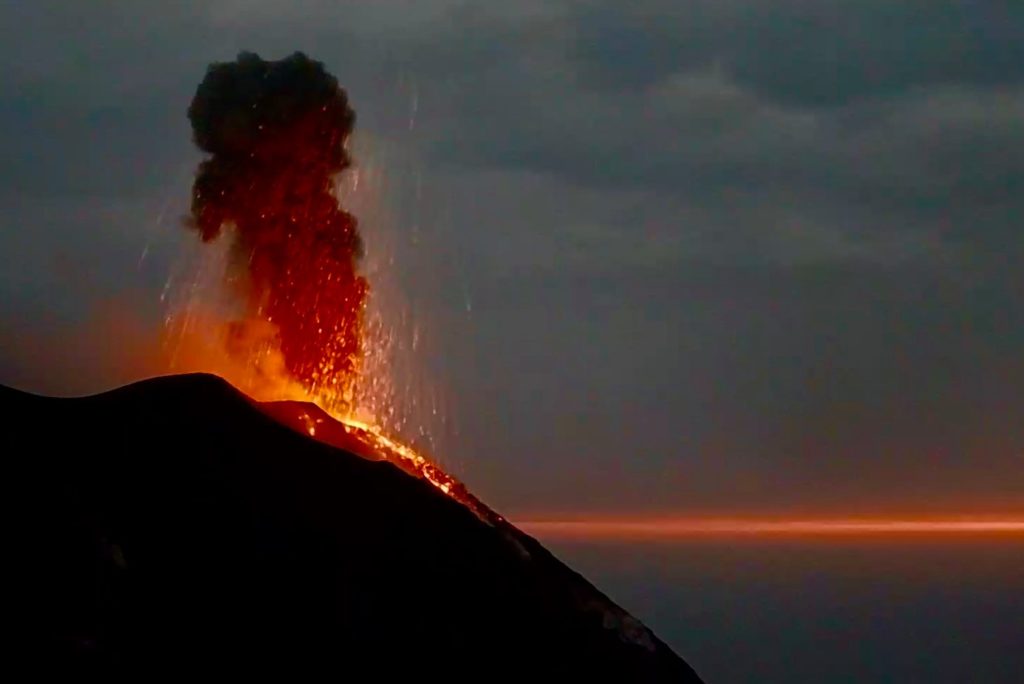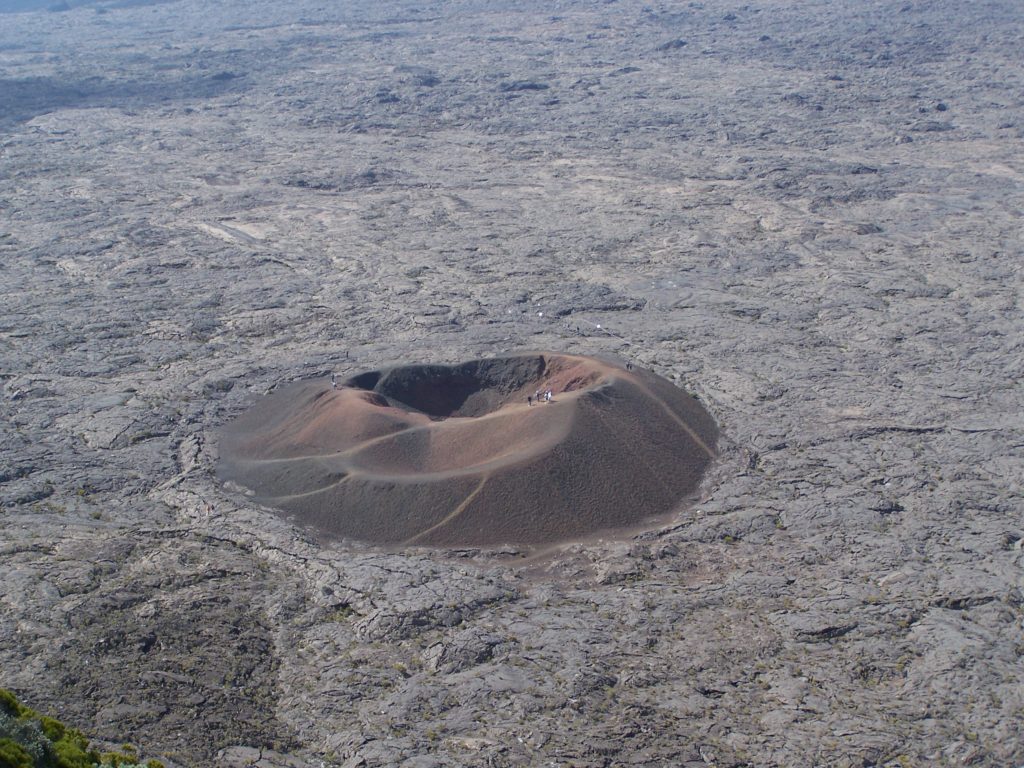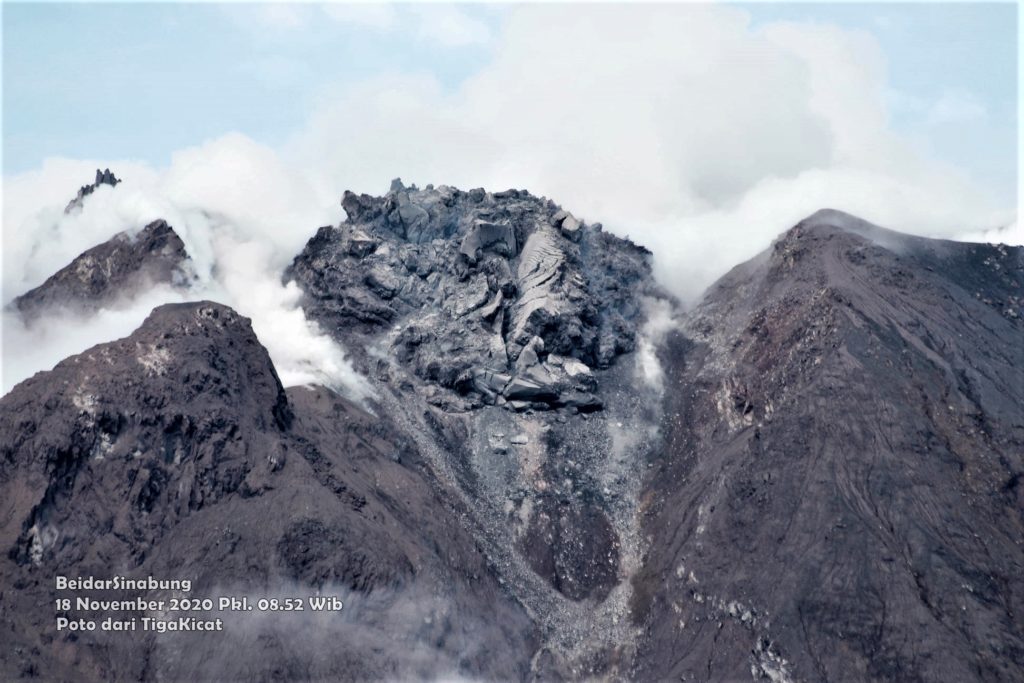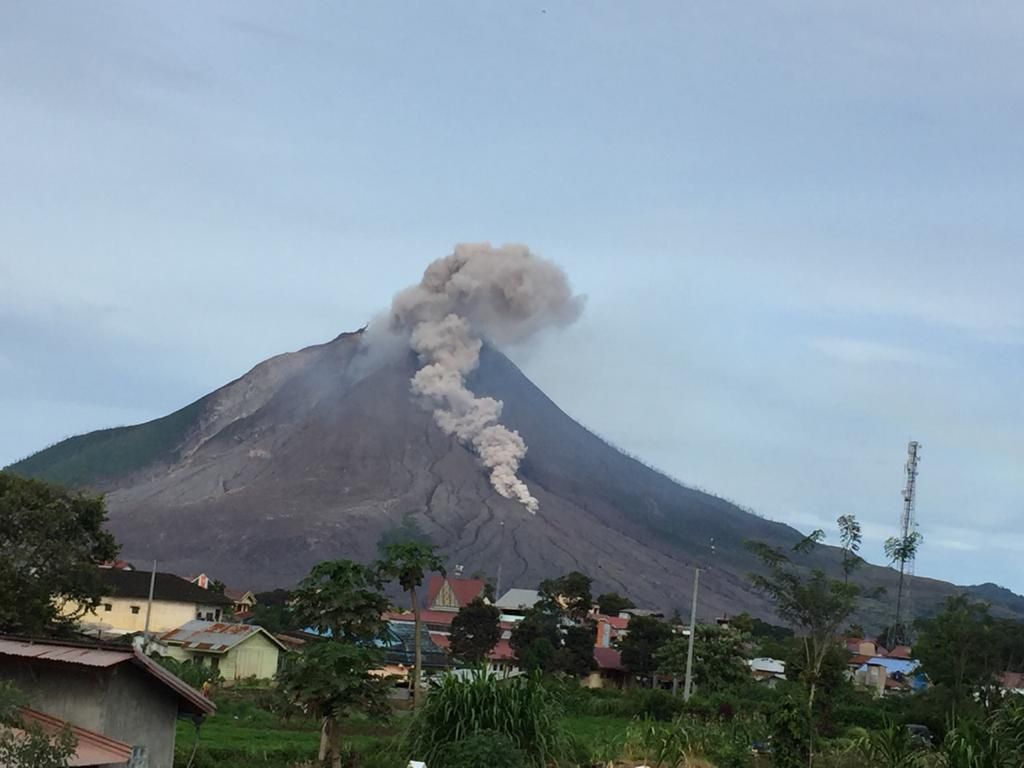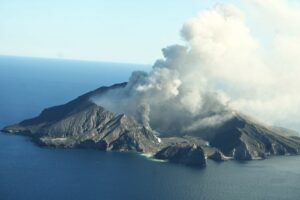Décember 02 , 2020.
Italy / Sicily , Etna :
Weekly bulletin from November 23, 2020 to November 29, 2020, (issue date December 01, 2020)
SUMMARY OF THE STATE OF ACTIVITY
In the light of surveillance data, it is highlighted:
1) VOLCANOLOGICAL OBSERVATIONS: Strombolian activity of varying intensity with ash emission at the Southeast Crater; Strombolian activity within the deep crater at the Northeast Crater; Strombolian activity at the Bocca Nuova; Degassing activity at the Voragine crater.
2) SISMOLOGY: Moderate fracturing activity
3) INFRASON: moderate infrasound activity.
4) DEFORMATIONS: No significant change to report for the tilt sensor networks and GNSS
5) GEOCHEMISTRY: SO2 flow at medium-low level
HCl flux: Data not available, the latest measurements are at an average level
The CO2 flux from the soil is at average levels.
The partial pressure of dissolved CO2 does not show significant changes.
The value of the C / S ratio is at medium-low levels (last measurement dated 10/16/2020).
The isotope ratio of helium is at average values (last update 11/26/2020).
6) SATELLITE OBSERVATIONS: The thermal activity in the summit area is at a low level
The photo above was taken by drone on November 21, 2020 and shows the active mouth (« saddle mouth ») of the south-eastern crater (photo by Emanuela De Beni and Massimo Cantarero).
VOLCANOLOGICAL OBSERVATIONS
The monitoring of the volcanic activity of Etna, during the week in question, was carried out by analyzing the images of the network of surveillance cameras of the INGV, Osservatorio Etneo (INGV-OE). Due to adverse weather conditions, observation of volcanic activity was largely limited.
Note that in the figure and in the description of the eruptive activity in the following paragraphs, the name of the Southeast Crater (SEC) -New Southeast Crater (NSEC) complex has been changed to that of South Crater. -Is (SEC). In this regard, the denomination of New Southeast Crater (NSEC) was assigned in 2011 following the morpho-structural change of the crater complex with the migration of the eruptive center to the east compared to the original axis. of the Southeast Crater (SEC).
However, over the past few years, the gradual growth of the New Southeast Crater cinder cone has generated a gradual coalescence with the Southeast Crater cone which, in fact, has led to the demise of the marked difference. morphologic between the two cones, morphologically describing a single device, henceforth called the Southeast Crater (SEC).
During the period considered, the activity of the summit craters of Etna did not undergo any change compared to what was observed the previous week (see Rep. N ° 48/2020). This activity was characterized by variable Strombolian activity and discontinuous ash emissions at the Southeast Crater (SEC), by intracrater Strombolian activity at the Northeast Crater (NEC) and at the Bocca Nuova (BN) crater. , and finally a degassing activity at the crater of Voragine (VOR).
As already observed the previous week (cf. Rep. N ° 48/2020), strombolian activity in the SEC continues, variable in intensity and frequency. During the most intense phases, projections of materials were observed outside the rim of the crater. The SEC crater was also characterized by variable and modest explosive activity which formed a cloud of diluted volcanic ash in the atmosphere.
Deep Strombolian activity continues at NEC and Bocca Nuova with material projections towards the crater rim. Finally, the Voragine VOR crater was characterized by degassing activity.
Volcanic tremor: The amplitude of the tremor went from average values in the first part of the week to medium-high values in the second. The sources of the signal are located southeast of the Southeast craters, at a depth of approximately 2800 m above sea level.
Source : INGV .
Photos : Gio Giusa , Emanuela De Beni et Massimo Cantarero /INGV. Laboratorio di Aerogeofisica-Sezione Roma 2 , Boris behncke .
Italy , Stromboli :
Weekly bulletin from November 23, 2020 to November 29, 2020, (issue date December 01, 2020)
SUMMARY OF THE STATE OF ACTIVITY.
In the light of surveillance data, it is highlighted:
1) VOLCANOLOGICAL OBSERVATIONS: Normal explosive volcanic activity of Strombolian type on medium-low levels (6-8 events / h) with the sole exception of 11 events / h (average levels) on November 23 and 27. The intensity was average in the areas of the North and Center-South craters.
2) SEISMOLOGY: The seismological parameters do not show significant variations.
3) DEFORMATIONS: No significant change recorded by the tilt and GNSS networks.
4) GÉOCHIMIE: Flux de SO2 moyen-faible
Rapport C / S – Les dernières valeurs (C / S = 8,25) sont des niveaux moyens.
Le rapport isotopique de He se situe à des valeurs moyennes (R / Ra = 4,37 échantillonnage du 24 novembre).
5) OBSERVATIONS SATELLITES: L’activité thermique dans la zone du sommet est à un niveau bas.
OBSERVATIONS VOLCANOLOGIQUES
Durant la période sous observation, l’activité éruptive de Stromboli a été caractérisée par l’analyse des images enregistrées par les caméras de surveillance INGV-OE situées à une altitude de 190 m, Punta dei Corvi et 400 m.
On November 29, 2020, due to adverse weather conditions, the visibility of the crater terrace was insufficient for a correct description of the eruptive activity.
In the area of the North crater, the N1 crater, with two emission points, produced explosions of low intensity (less than 80 m high) to medium (sometimes the projectiles exceeded 150 m high) emitting coarse materials ( lapilli and bomb) sometimes mixed with fine materials (ash). Muzzle N2, with two emission points, showed mainly low and medium intensity explosive activity emitting coarse materials sometimes mixed with fine materials. The average frequency of the explosions varied from 2 to 9 events / h.
In the Center-South zone, the explosions mainly emitted fine materials with an average intensity (the products reached 150 m in height). The explosive activity showed values of variable frequency between 1 and 4 events / h.
The amplitude of the volcanic tremor had values between low and medium-low.
Source : INGV.
Photos : Stromboli Adventures , webcam .
La Réunion , Piton de la Fournaise :
Seismicity
In November 2020, the OVPF recorded in the Piton de la Fournaise massif in total:
• 4 superficial volcano-tectonic earthquakes (0 to 2.5 km deep below the summit) directly above the summit craters;
• 9 deep earthquakes (2.5 to 5 km deep);
• 165 collapses (in the Crater Dolomieu and at the ramparts of the Enclos Fouqué and the Rivière de l’Est).
The seismicity under the Piton de la Fournaise during the month of November 2020 remained low, with only 4 superficial volcano-tectonic earthquakes recorded under the summit area and 9 deep earthquakes located under the eastern flank.
Deformation
Inflation (swelling) of the building that had resumed following the intrusion of September 28-29, 2020, stopped at the end of October. Thus during the month of November 2020 the GPS in the summit area and in far fields did not record any particular signals, with the exception of the GPNG station located in the area of the intrusion of September 28-29, 2020. Between September 30 and
On November 30, 2020, the GPNG station subsided (subsided) about 8.5 cm and moved about 6.5 cm east.
Gas geochemistry
CO2 concentration in the soil
In the far field (Plaine des Cafres and Plaine des Palmistes sectors): the period following the eruption of October 25-27, 2019 was marked by a further increase in the flow of CO2 in the soil, with a first peak just before the eruption of February 10-16, 2020. Before the eruption of April 2-6, 2020, the flow of CO2 in the soil had increased significantly, and reached the highest values since the network was operational the two weeks following the rash.
After April 21, the network recorded a continuous decrease in CO2 emissions in the soil on the flanks of the volcano both in the far field (Plaine des Cafres and Plaine des Palmistes sectors) and in the near field (Gîte du volcano). A new increase in the flow of CO2 has been recorded since mid-August on the entire network and a peak was reached on September 13, two weeks before the intrusion of September 28-29, 2020. Following the intrusion of September, a downward trend in CO2 emissions in soil is recorded.
Balance sheet
The magma recharge and the pressurization of the superficial magmatic reservoir which had resumed following the intrusion of September 28-29, 2020 ceased at the end of October. It should be noted that since 2016, the recharge of the superficial magmatic reservoir under the Piton de la Fournaise has been carried out by pulses, so such phases of calm in deformations and seismicity have already been observed on several occasions between 2016 and 2020 over periods ranging from about 15 to 80 days.
Source : OVPF.
Read the full article : http://www.ipgp.fr/sites/default/files/ovpf_20201201_bullmensu_compressed_1.pdf
Photos : Imaz Press , G Vitton .
Indonesia , Sinabung :
The activity level is at level III (SIAGA) from May 20, 2019 at 10:00 a.m. The Sinabung volcano (2460 m altitude) has been erupting since 2013.
The volcano was clearly visible until it was covered in fog. The crater emits faint to thick white smoke with a height of about 50-300 meters above the summit. The weather is sunny to rainy, with weak to moderate winds in the northeast, east and southeast. The air temperature is 17-24 ° C. An earthquake was recorded, but visually the height of the eruption and the color of the ash were not observed.
According to the seismographs of December 1, 2020, it was recorded:
57 avalanche earthquakes
3 emission earthquakes
12 low frequency earthquakes
6 hybrid / multi-phase earthquakes
3 local tectonic earthquakes
2 distant tectonic earthquakes.
Recommendations:
The public and visitors / tourists should not carry out activities in the villages that have been relocated, as well as within a radial radius of 3 km around the summit of G. Sinabung, with a sector radius of 5 km for the southern sector -East and 4 km for the North East sector.
People who live near the rivers flowing down from Mount Sinabung should be aware of the dangers of lahars.
VOLCANO OBSERVATORY NOTICE FOR AVIATION – VONA .
Issued : November 02 , 2020
Volcano : Sinabung (261080)
Current Aviation Colour Code : ORANGE
Previous Aviation Colour Code : orange
Source : Sinabung Volcano Observatory
Notice Number : 2020SIN35
Volcano Location : N 03 deg 10 min 12 sec E 98 deg 23 min 31 sec
Area : North Sumatra, Indonesia
Summit Elevation : 7872 FT (2460 M)
Volcanic Activity Summary :
Eruption with volcanic ash cloud at 00h55 UTC (07h55 local).
Volcanic Cloud Height :
Best estimate of ash-cloud top is around 9472 FT (2960 M) above sea level, may be higher than what can be observed clearly. Source of height data: ground observer.
Other Volcanic Cloud Information :
Ash-cloud moving to east-southeast.
Remarks :
Seismic activity is characterized by eruption volcanic event
Source : Magma Indonésie , PVMBG.
Photos : Firdaus Surbakti . PVMBG.

